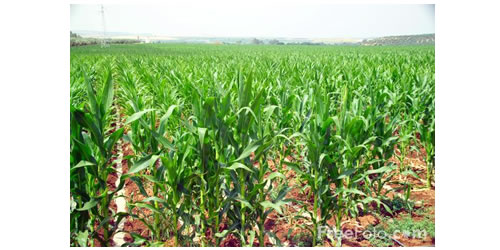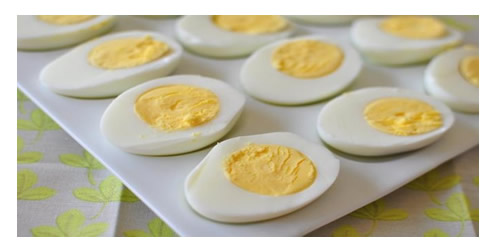Non-GMO corn offers far more nutrition without the poison, study shows

(NaturalNews) An eye-opening investigation conducted by Canada’s only supplier of non-GMO corn seed has revealed that genetically modified “Frankencorn” is severely lacking in a number of vital nutrients. Compared to non-GMO corn varieties, Monsanto’s Roundup Ready corn contains only a small fraction of the amount of calcium, iron, magnesium, zinc, copper, manganese and carbon normally found in natural corn.
Shattering the myth that there’s no substantial difference between GMO and non-GMO crops, the report by De Dell Seed Company of London, Ontario, shows that GMO corn is nutritionally deficient and wholly unfit for human consumption. In nearly every vitamin and mineral category tested, GMO corn was found to contain only trace amounts of many key nutrients necessary for life.
According to the report, corn ears were selected from two adjacent corn fields in Iowa — one growing Roundup Ready corn and the other growing non-GMO corn. The corn ears were selected from multiple locations in each field two weeks prior to harvest to get a proper sampling, and they were then shelled from the cob and sent to a laboratory for testing.
When the results came back, researchers found that the Roundup Ready corn contained 13 parts per million (ppm) of glyphosate, the primary active ingredient in Monsanto’s Roundup herbicide that the WHO recently recognized as “probably carcinogenic to humans,” which is the Environmental Protection Agency (EPA) established legal limit for this pesticide. The non-GMO corn, on the other hand, contained no glyphosate.
“The EPA standards for glyphosate in water in America is .7ppm,” explains Moms Across America. “European tests showed organ damage to animals at .1ppb (.0001ppm) of glyphosate in water. Our water levels allow glyphosate 7,000X higher than what has been shown to be toxic in animals. This corn has 13 ppm! 130,000 times higher than what is toxic in water!” (emphasis added)
Similarly, the GMO corn samples were found to have higher pH levels, higher sodium content and significantly less natural phosphate, potassium, calcium and magnesium compared to the non-GMO corn. The “Brix” quality measurement of the GMO corn, which gauges sucrose content, was also found to be only one-twentieth of the Brix score for non-GMO corn.
In each of the following categories, non-GMO corn was found to have significantly higher nutrient levels:
- Phosphate: more than 14 times higher in non-GMO corn
- Potassium: more than 16 times higher
- Calcium: more than 437 times higher
- Magnesium: more than 56 times higher
The soils of the non-GMO corn were also found to be superior in terms of their mineral content, presumably because they weren’t sprayed with nutrient-robbing glyphosate, which draws out the vital nutrients of living things:
The base saturation rates, which represent a measure of soil nutrient density, were also determined as follows:
- Sulfur: 14 times higher in non-GMO corn
- Manganese: 7 times higher
- Iron: more than 7 times higher
- Zinc: more than 6 times higher
- Copper: more than 6 times higher
- Cobalt: more than 7 times higher
- Molybdenum: more than 7 times higher
- Boron: more than 7 times higher
- Carbon: 30 times higher
GMO corn also contains dangerously high levels of toxic formaldehyde
Meanwhile, the GMO corn was found to contain extremely high levels of various chemicals, chlorides, glyphosate and even formaldehyde, which is normally metabolized into carbon dioxide through a process that is blocked by the spraying of glyphosate. Because glyphosate is a vital nutrient chelator, meaning it pulls out nutrients from the plants on which it is sprayed, experts believe the herbicide disrupts the normal enzymatic processes in plants that would otherwise break down formaldehyde.
“[T]he scariest part of this is that any RR plant (corn, soybean, canola, cotton, sugar beet or alfalfa) that is sprayed with glyphosate could potentially produce formaldehyde when it is sprayed with glyphosate and then the formaldehyde would unknowingly end up in the feed and food supply,” explains Moms Across America.
Sources: naturalnews.com



